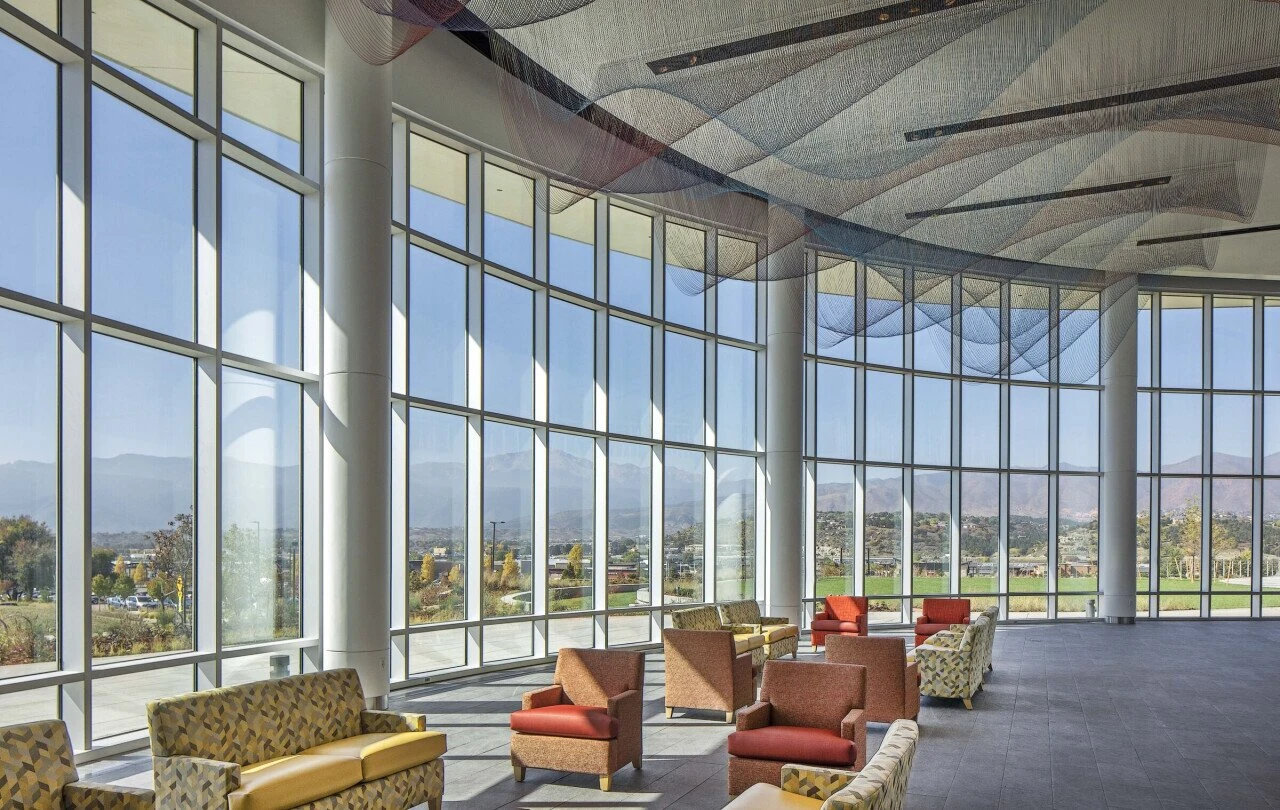

Understanding the Price of Black Tinted Glass Factors and Insights
The increasing popularity of black tinted glass in various applications, from automotive to architectural design, has led to a heightened interest in its pricing. This article delves into the factors affecting the price of black tinted glass, its applications, and insights into its market trends.
What is Black Tinted Glass?
Black tinted glass is glass that has been treated or manufactured to achieve a darkened appearance. This tinting process can significantly reduce the amount of visible light that passes through the glass, providing aesthetic appeal and functional benefits. The primary purposes of black tinted glass include reducing glare, enhancing privacy, and protecting interiors from harmful UV rays.
Applications of Black Tinted Glass
1. Automotive Use One of the most common applications of black tinted glass is found in automobiles. Many car manufacturers offer tinted windows as factory options, while others install aftermarket tints. The demand for tinted glass in vehicles is driven by the desire for enhanced privacy, improved temperature control, and stylish aesthetics.
2. Architectural Design In architecture, black tinted glass is utilized in residential and commercial buildings. It offers a sleek look while contributing to energy efficiency by reflecting sunlight and reducing heat accumulation inside structures. This has made it a preferred choice for skyscrapers and modern homes.
3. Interior Design Black tinted glass is also used in interior design elements, such as room dividers, tables, and shelving. Its reflective surface adds a touch of elegance and sophistication to interiors while providing functional benefits.
Factors Influencing the Price of Black Tinted Glass
1. Material Quality The quality of the glass itself is a significant factor in determining price. High-quality black tinted glass, which is durable and offers superior performance in terms of optical clarity and UV resistance, will be more expensive than lower-grade options.

2. Type of Tinting Process There are various methods for tinting glass, including dyed, sputtered, and ceramic tinting. Each method has its cost implications, with some processes resulting in higher durability and performance, thereby influencing pricing.
3. Thickness and Size The thickness and dimensions of the glass also play a critical role in pricing. Custom-sized or thicker glass often incurs higher costs due to additional manufacturing processes and material usage.
4. Market Demand and Supply Like many products, the price of black tinted glass is influenced by market dynamics. Periods of high demand can drive prices up, while increased competition or excess supply may lead to price reductions.
5. Installation Costs The price of black tinted glass also encompasses installation expenses. Professional installation is often recommended, especially for vehicles and architectural applications. The complexity of the installation, geographic location, and labor rates can considerably affect the overall cost.
6. Regulatory Compliance Especially for automotive tinted glass, compliance with local and national regulations regarding acceptable tint levels can impact pricing. Customizations may be required to meet these standards, adding to the overall cost.
Market Trends and Future Outlook
The market for black tinted glass is poised for growth as more consumers and businesses recognize the benefits it offers. Advances in glass technology, including improved tinting methods that enhance performance without sacrificing visibility, are expected to influence future pricing trends positively.
Additionally, the push for energy-efficient building materials in the construction sector can further stimulate demand for tinted glass. As architects and builders increasingly look for sustainable solutions, tinted glass's thermal performance will likely become a more critical selling point.
Conclusion
Understanding the price of black tinted glass involves considering a myriad of factors, from material quality and manufacturing processes to market dynamics and installation costs. As demand continues to grow across various sectors, staying informed about these influences will be essential for consumers and industry professionals alike. Whether for aesthetic appeal or functional necessity, black tinted glass is an investment that can enhance both the visual and practical aspects of space. As the market evolves, so too will the opportunities for innovation and affordability in this sector.